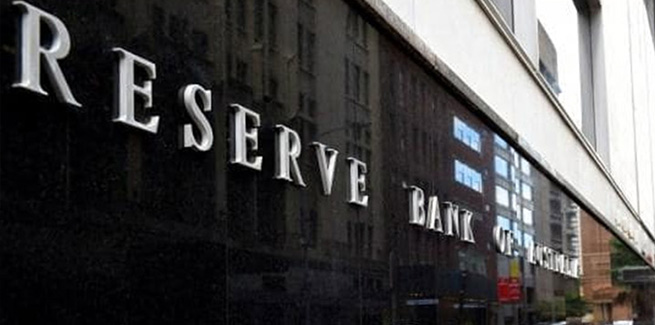ANZ senior economists Adelaide Timbrell and Felicity Emmett have recently revised their outlook for the Australian housing market, now predicting prices will make an “orderly descent”, as mortgage rates rise and buyers’ borrowing power is restricted.
In a webinar discussing the forecasts on Thursday (19 May), Ms Emmett commented that she believes the Reserve Bank of Australia (RBA) will also closely observe the housing market to calibrate its tightening cycle.
But house prices do not fall under the RBA’s banner of work – instead, it targets inflation and economic outcomes.
“What’s important is how that flows through to the real economy,” Ms Emmett explained.
“We’re going to [get] the best read of that with the consumer spending numbers.
“We’ll be watching those really closely over the next couple of years, really to see how that flows through.”
Banking data and seeing how households respond to higher rates, higher repayments and the wealth impact from lower house prices, will be important, with likely impacts for RBA policy, Ms Emmett said.
She reflected on the period of interest rate rises in Australia leading up to the global financial crisis (GFC), when the RBA raised rates by 3 percentage points between 2002 and 2008.
At that time, consumer kept spending until just before the GFC, when “higher rates really started to bite”, Ms Emmett said, with the cash rate at around 7 per cent.
The rate hikes were also much more gradual than what is expected now, with the market pricing for the RBA cranking up the cash rate to as much 3.25 per cent from its current 0.35 per cent over the next year.
ANZ has forecast the cash rate will reach 2.35 per cent by mid-2023.
“The likely rapid nature of the tightening cycle, given that the RBA needs to get on top of inflation… creates a lot of uncertainty about the impact of that on borrowers,” Ms Emmett said.
But for now, consumption hasn’t seen any impacts from the May rate hike, Ms Timbrell said, with consumers still ramping up on dining and takeaway, entertainment and travelling.
However, the RBA’s work to compress inflation will take some time.
“We don’t think that inflation is going to get back to normal, in the short term, it will take a while for the Reserve Bank’s monetary policy tightening to flow through,” Ms Timbrell said.
“And then we’ve got all those global factors that would keep things expensive as well.”
Borrowers ready for higher rates
The economists also believe that the majority of borrowers will weather the rate rises ahead, after managing to build strong savings buffers through COVID.
Ms Timbrell pointed to the additional $240 billion in savings that was accrued through the last two years, due to “strong government spending, super cheap interest rates and all the help” provided, as well as extra business revenue.
Households have an average of around 20 months of their minimum repayments sitting in offset or redraw accounts – compared to before COVID, when the average was eight months.
“Not everyone’s 20 months ahead on their mortgage, but even the bottom 25 per cent of people in terms of their savings buffers are actually seeing a higher average savings than they were before COVID,” Ms Timbrell said.
She also added that a high number of people had made higher repayments than necessary, with the required amounts expected to creep up to their actual payments.
“If you are already paying $500 a month above your minimum repayment and a lot of people are paying that much, then your cash flow actually isn’t impacted by those first few cash rate hikes,” she said.
“And even at a cash rate of 2.1 per cent, the Reserve Bank had done some research to show that 40 per cent of people with variable rate mortgages will see a $0 increase in their actual repayment.”
Meanwhile borrowers who are set to come off their fixed rates will have “a lot of time to prepare for that increase in interest,” she said.
The economists also pointed to banks needing to use a higher serviceability buffer, testing borrowers’ ability to repay loans at 3 percentage points above current rates.
Pay rises are also expected to kick in, while job stability is at a high, as unemployment has dipped below 4 per cent.
[Related: Wage growth inches upwards, market waits for RBA’s response]

